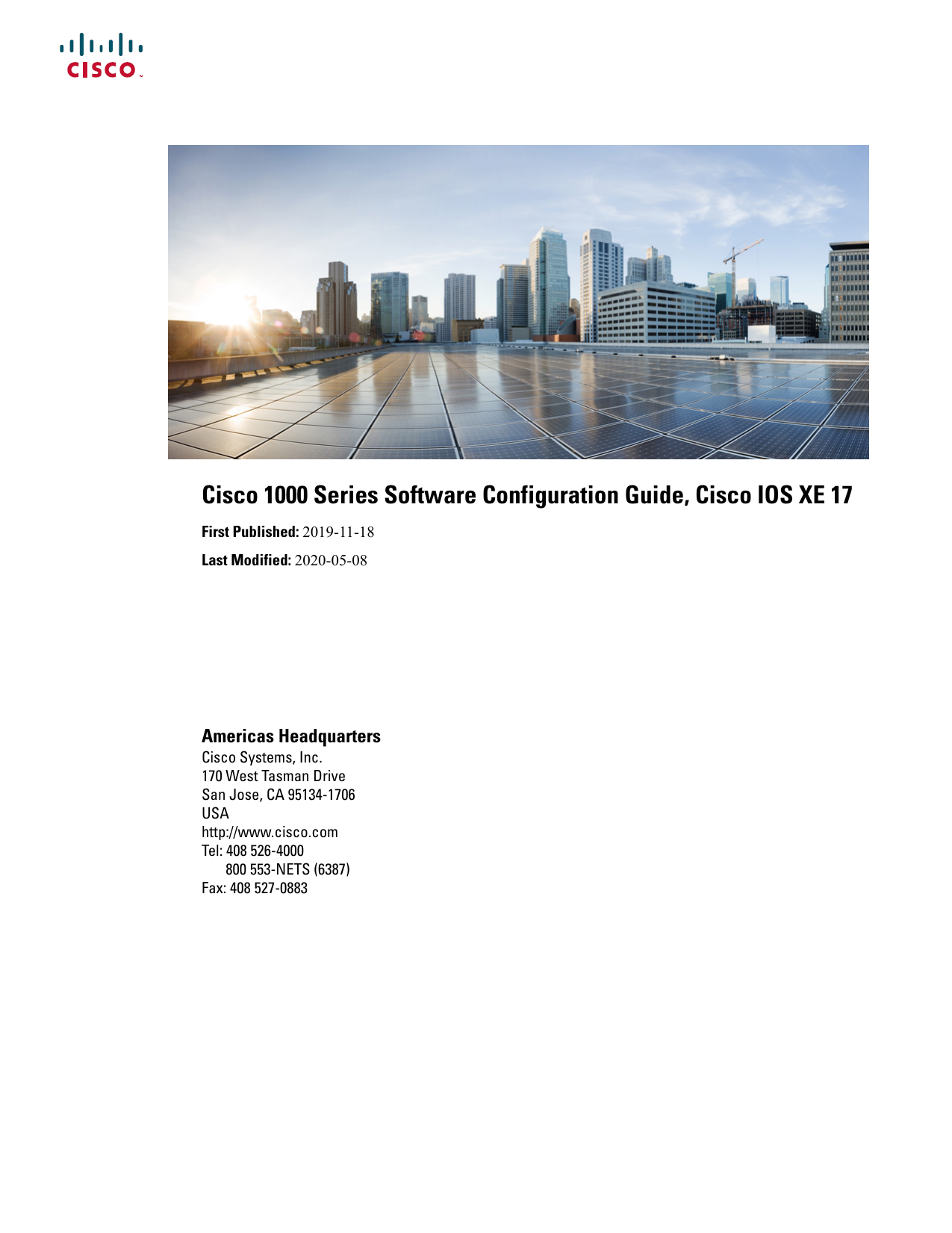
They use similar interface types: Broadcast, P2P, P2MP, NBMA, and Virtual-Links Here is a list of the similarities between OSPFv2 and OSPFv3:īoth are link-state Interior Gateway Protocol (IGP) routing protocolsīoth use a 2-level hierarchy with Area 0.0.0.0 at the coreīoth use Area Border Routers (ABRs) and Autonomous System Boundary Routers (ASBRs)īoth use the Shortest Path First (SPF) calculation within each area utilizing Edsger Dijkstra's SPF algorithmīoth use metrics that are based on interface bandwidth (or manual configuration)īoth have 5 common protocol packet types: Hello, Database description (DBD), Link-state request (LSR), Link-state update (LSU), Link-state acknowledgment (LSA)

OSPFv2 has two flooding scope, AS wide and area wide but now OSPFv3 has three flooding scopes (noted with the S1 and S2 bits). Specifically, OSPFv3 adds two new LSA types for Link (0x0008, tells neighbors about link-local addresses and IPv6 prefixes on link) and Intra-Area-Prefix (0x2009, IPv6 prefixes connected to a router). OSPFv3 Packet and LSA formats differ from OSPFv2. Many aspects of the OSPF routing protocol remain the same between OSPFv2 and OSPFv3 such as the LSA flooding rules, the LSA aging mechanisms, and the interface types (broadcast, point-to-point, point-to-multipoint, among others). However, there were other subtle differences between OSPFv2 and OSPFv3 that network engineers should be aware of. Fundamental OSPF mechanisms and algorithms unchanged but the packet and LSA formats are different in OSPFv3 because of the larger 128-bit IPv6 addresses. OSPF for IPv6 (OSPF version 3) was then updated with RFC 5340. Many network equipment vendors implemented OSPF for IPv6 as they developed their IPv6 products. The IETF developed a new version OSPF that was specifically developed for IPv6 and was introduced in RFC 2740. OSPF was then extensively modified to support IPv6. Improvements were made in OSPF version 2, which was originally documented in RFC 1247 but later updated by RFC 2178 and then again in RFC 2328. OSPF was first documented as a standard by John Moy in RFC 1131. The IETF needed to develop a robust IP routing protocol suitable for larger networks. This was a time when the IETF was just starting to mature into an international networking standards organization. The Open Shortest Path First (OSPF) routing protocol was first conceived in the late 1980s. This article reviews the differences between OSPF version 2 and OSPF version 3 and how they can be configured to work with IPv4, IPv6 and both protocols. As organizations start to contemplate how they will deploy IPv6 at their Internet perimeters and within their enterprise networks they should be aware of OSPF version 3 and how it differs from what they are familiar with. OSPF has gone through changes over the years and the protocol has been adapted to work with IPv6. Many enterprises use OSPF version 2 for their internal IPv4 routing protocol.


 0 kommentar(er)
0 kommentar(er)
